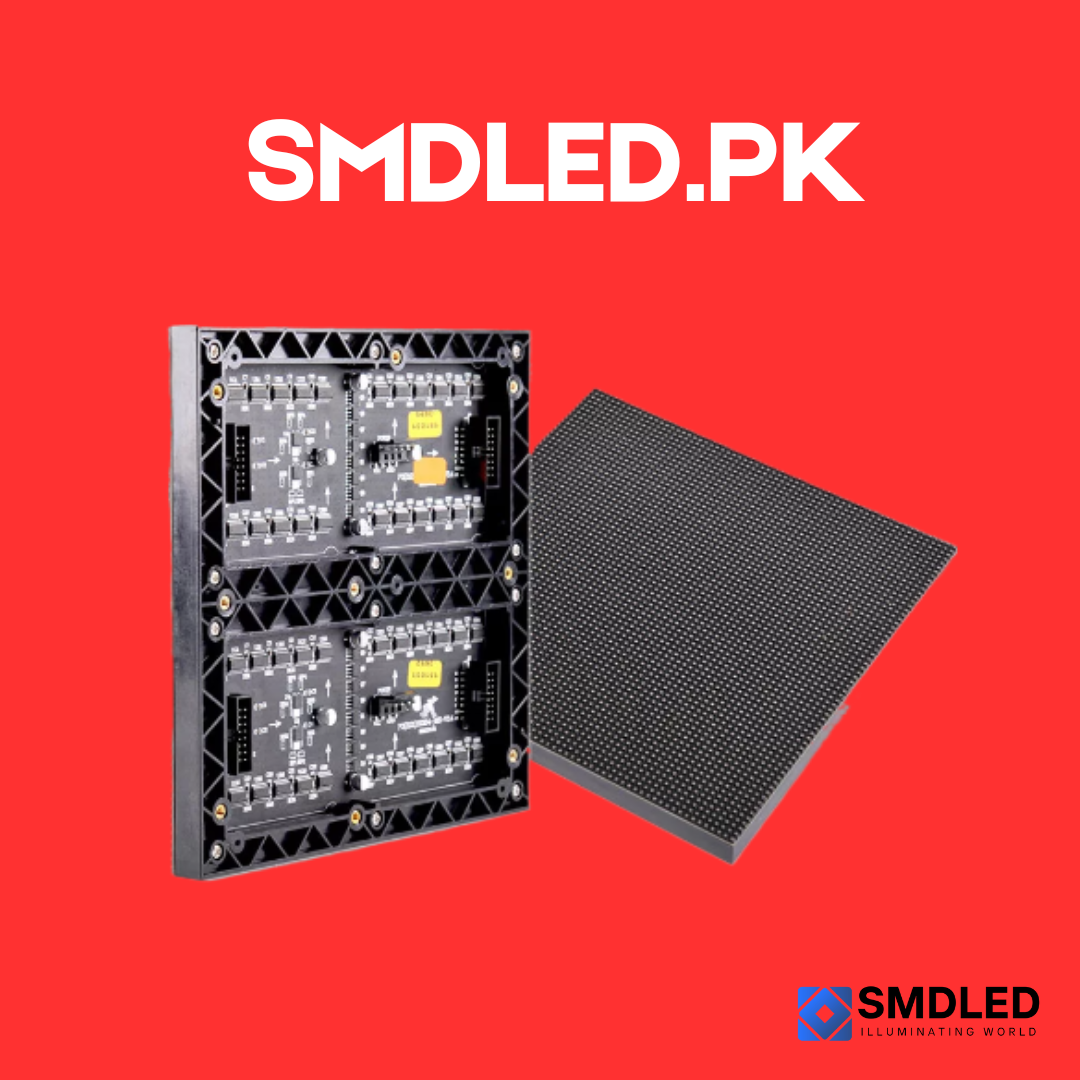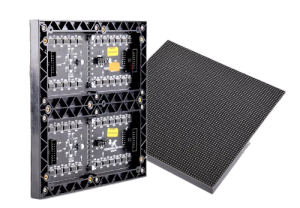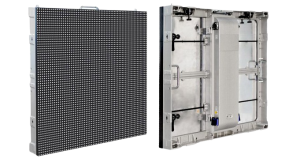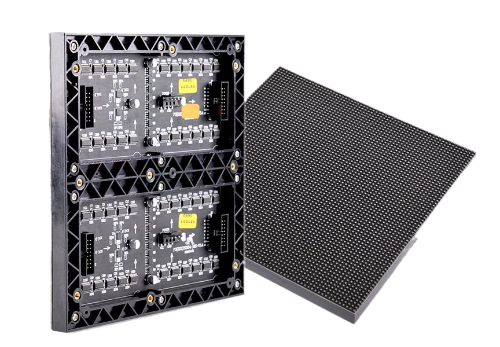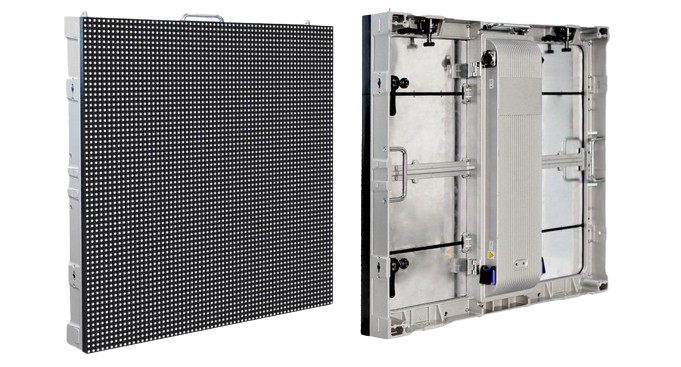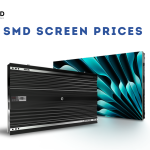What is SMD Screen? A Comprehensive Guide to Understanding SMD Technology
In today’s rapidly advancing technological landscape, understanding the nuances of various display technologies is essential. One such technology that has gained significant traction is the SMD screen. But what is SMD screen, and why is it important? In this article, we’ll delve deep into this subject to provide you with a comprehensive and engaging guide. We’ll also include a detailed FAQ section to answer common queries. Let’s dive in.Captivating the Reader
Imagine walking into a bustling city square filled with vibrant, crystal-clear digital displays that captivate your attention. These displays, whether used for advertising, entertainment, or informational purposes, often rely on SMD screens. The striking clarity and efficiency of these screens have made them a cornerstone of modern visual technology.Delving Deeper into SMD Technology
What is SMD Screen?
SMD stands for Surface-Mounted Device. An SMD screen is a type of LED display that uses surface-mounted light-emitting diodes. Unlike traditional LED displays where the LEDs are inserted into the circuit board, SMD LEDs are mounted directly onto the surface of the board. This method allows for more LEDs per unit area, resulting in higher resolution and better image quality.How Do SMD Screens Work?
SMD screens operate by combining three primary colors: red, green, and blue (RGB). Each SMD LED contains all three colors. By adjusting the intensity of each color, SMD screens can produce a wide spectrum of colors, delivering vibrant and dynamic images. The compact size of SMD LEDs allows for closer placement, enhancing the screen’s resolution and brightness.Advantages of SMD Screens
- High Resolution: Due to the small size and close placement of LEDs, SMD screens offer superior resolution, making them ideal for high-definition displays.
- Brightness and Clarity: SMD screens provide exceptional brightness and clarity, even in direct sunlight, making them perfect for outdoor use.
- Energy Efficiency: These screens are more energy-efficient compared to traditional display technologies, reducing operational costs.
- Durability: SMD LEDs are robust and have a longer lifespan, ensuring reliable performance over time.
- Versatility: They are highly versatile and can be used in various applications, from billboards and stadium screens to indoor displays and retail signage.
Building the Connection
Applications of SMD Screens
The versatility of SMD screens allows them to be used in a wide range of applications:- Advertising: Digital billboards and displays in high-traffic areas use SMD screens for eye-catching advertisements.
- Entertainment: Concerts, sports events, and theaters utilize SMD screens for live broadcasts and immersive experiences.
- Retail: Retail stores use these screens for dynamic digital signage, enhancing customer engagement.
- Transportation: Airports, train stations, and bus terminals rely on SMD screens for information displays.
- Corporate: Conference rooms and corporate lobbies use SMD screens for presentations and digital displays.
Innovations in SMD Technology
SMD technology continues to evolve, bringing forth new innovations that enhance performance and capabilities:- Mini and Micro SMD LEDs: These smaller LEDs provide even higher resolution and more precise control over color and brightness.
- Flexible SMD Screens: Advances in materials and design have led to the development of flexible screens, which can be curved or shaped to fit various installations.
- Enhanced Color Accuracy: Improvements in LED manufacturing have resulted in better color consistency and accuracy, crucial for applications requiring precise color representation.
Encouraging Further Engagement
Choosing the Right SMD Screen
When selecting an SMD screen, consider the following factors:- Pixel Pitch: The distance between the center of one LED to the center of the next. Smaller pixel pitch means higher resolution and better image quality.
- Brightness: Measured in nits, brightness is crucial for outdoor screens to ensure visibility in sunlight.
- Viewing Angle: A wider viewing angle ensures that the display is visible from various perspectives.
- Refresh Rate: Higher refresh rates reduce flickering and provide smoother motion, important for video displays.
- Durability: Consider the environmental conditions where the screen will be used. Weatherproof and durable designs are essential for outdoor installations.
Installation and Maintenance
Proper installation and maintenance are key to ensuring the longevity and performance of SMD screens:- Professional Installation: Engage professionals to ensure correct setup and integration with existing systems.
- Regular Maintenance: Regular cleaning and inspection can prevent issues and extend the life of the screen.
- Software Updates: Keep the control software updated to take advantage of new features and improvements.
FAQs: Addressing Common Questions
1. What is the lifespan of an SMD screen?
The lifespan of an SMD screen typically ranges from 50,000 to 100,000 hours, depending on usage and maintenance.2. Can SMD screens be used indoors and outdoors?
Yes, SMD screens are versatile and can be designed for both indoor and outdoor applications, with outdoor screens being weatherproof.3. How does SMD technology compare to OLED?
SMD screens are generally brighter and more durable than OLED screens, but OLED screens offer better contrast and color depth.4. Are SMD screens energy-efficient?
Yes, SMD screens are known for their energy efficiency, making them cost-effective for long-term use.5. What maintenance do SMD screens require?
Regular cleaning, inspection for damage, and software updates are recommended to maintain optimal performance.6. Can SMD screens be customized?
Absolutely, SMD screens can be customized in terms of size, shape, resolution, and installation configuration to meet specific needs.7. What are the common sizes of SMD screens?
SMD screens come in various sizes, from small displays for retail to large-scale billboards and stadium screens.8. How do I choose the right pixel pitch?
Choosing the right pixel pitch depends on the viewing distance. Closer viewing requires a smaller pixel pitch for higher resolution.9. Are SMD screens environmentally friendly?
SMD screens are more energy-efficient and have a longer lifespan than many other display types, making them a greener choice.10. What industries benefit the most from SMD screens?
Advertising, entertainment, retail, transportation, and corporate sectors benefit significantly from the versatility and performance of SMD screens.Conclusion
SMD screens are a revolutionary technology that offers unparalleled resolution, brightness, and versatility. From advertising to entertainment and beyond, these screens are transforming how we interact with digital displays. By understanding what an SMD screen is and its myriad applications, you can make informed decisions about integrating this technology into your projects. Whether you’re looking to captivate audiences with stunning visuals or provide clear, dynamic information, SMD screens are the solution of the future. To buy best smd screen visit our manufacturer site “BIASMD.COM” contact us for free consultation.What is SMD Screen? A Comprehensive Guide to Understanding SMD Technology
In today’s rapidly advancing technological landscape, understanding the nuances of various display technologies is essential. One such technology that has gained significant traction is the SMD screen. But what is SMD screen, and why is it important? In this article, we’ll delve deep into this subject to provide you with a comprehensive and engaging guide. We’ll also include a detailed FAQ section to answer common queries. Let’s dive in.
Captivating the Reader
Imagine walking into a bustling city square filled with vibrant, crystal-clear digital displays that captivate your attention. These displays, whether used for advertising, entertainment, or informational purposes, often rely on SMD screens. The striking clarity and efficiency of these screens have made them a cornerstone of modern visual technology.
Delving Deeper into SMD Technology
What is SMD Screen?
SMD stands for Surface-Mounted Device. An SMD screen is a type of LED display that uses surface-mounted light-emitting diodes. Unlike traditional LED displays where the LEDs are inserted into the circuit board, SMD LEDs are mounted directly onto the surface of the board. This method allows for more LEDs per unit area, resulting in higher resolution and better image quality.
How Do SMD Screens Work?
SMD screens operate by combining three primary colors: red, green, and blue (RGB). Each SMD LED contains all three colors. By adjusting the intensity of each color, SMD screens can produce a wide spectrum of colors, delivering vibrant and dynamic images. The compact size of SMD LEDs allows for closer placement, enhancing the screen’s resolution and brightness.
Advantages of SMD Screens
- High Resolution: Due to the small size and close placement of LEDs, SMD screens offer superior resolution, making them ideal for high-definition displays.
- Brightness and Clarity: SMD screens provide exceptional brightness and clarity, even in direct sunlight, making them perfect for outdoor use.
- Energy Efficiency: These screens are more energy-efficient compared to traditional display technologies, reducing operational costs.
- Durability: SMD LEDs are robust and have a longer lifespan, ensuring reliable performance over time.
- Versatility: They are highly versatile and can be used in various applications, from billboards and stadium screens to indoor displays and retail signage.
Building the Connection
Applications of SMD Screens
The versatility of SMD screens allows them to be used in a wide range of applications:
- Advertising: Digital billboards and displays in high-traffic areas use SMD screens for eye-catching advertisements.
- Entertainment: Concerts, sports events, and theaters utilize SMD screens for live broadcasts and immersive experiences.
- Retail: Retail stores use these screens for dynamic digital signage, enhancing customer engagement.
- Transportation: Airports, train stations, and bus terminals rely on SMD screens for information displays.
- Corporate: Conference rooms and corporate lobbies use SMD screens for presentations and digital displays.
Innovations in SMD Technology
SMD technology continues to evolve, bringing forth new innovations that enhance performance and capabilities:
- Mini and Micro SMD LEDs: These smaller LEDs provide even higher resolution and more precise control over color and brightness.
- Flexible SMD Screens: Advances in materials and design have led to the development of flexible screens, which can be curved or shaped to fit various installations.
- Enhanced Color Accuracy: Improvements in LED manufacturing have resulted in better color consistency and accuracy, crucial for applications requiring precise color representation.
Encouraging Further Engagement
Choosing the Right SMD Screen
When selecting an SMD screen, consider the following factors:
- Pixel Pitch: The distance between the center of one LED to the center of the next. Smaller pixel pitch means higher resolution and better image quality.
- Brightness: Measured in nits, brightness is crucial for outdoor screens to ensure visibility in sunlight.
- Viewing Angle: A wider viewing angle ensures that the display is visible from various perspectives.
- Refresh Rate: Higher refresh rates reduce flickering and provide smoother motion, important for video displays.
- Durability: Consider the environmental conditions where the screen will be used. Weatherproof and durable designs are essential for outdoor installations.
Installation and Maintenance
Proper installation and maintenance are key to ensuring the longevity and performance of SMD screens:
- Professional Installation: Engage professionals to ensure correct setup and integration with existing systems.
- Regular Maintenance: Regular cleaning and inspection can prevent issues and extend the life of the screen.
- Software Updates: Keep the control software updated to take advantage of new features and improvements.
FAQs: Addressing Common Questions
1. What is the lifespan of an SMD screen?
The lifespan of an SMD screen typically ranges from 50,000 to 100,000 hours, depending on usage and maintenance.
2. Can SMD screens be used indoors and outdoors?
Yes, SMD screens are versatile and can be designed for both indoor and outdoor applications, with outdoor screens being weatherproof.
3. How does SMD technology compare to OLED?
SMD screens are generally brighter and more durable than OLED screens, but OLED screens offer better contrast and color depth.
4. Are SMD screens energy-efficient?
Yes, SMD screens are known for their energy efficiency, making them cost-effective for long-term use.
5. What maintenance do SMD screens require?
Regular cleaning, inspection for damage, and software updates are recommended to maintain optimal performance.
6. Can SMD screens be customized?
Absolutely, SMD screens can be customized in terms of size, shape, resolution, and installation configuration to meet specific needs.
7. What are the common sizes of SMD screens?
SMD screens come in various sizes, from small displays for retail to large-scale billboards and stadium screens.
8. How do I choose the right pixel pitch?
Choosing the right pixel pitch depends on the viewing distance. Closer viewing requires a smaller pixel pitch for higher resolution.
9. Are SMD screens environmentally friendly?
SMD screens are more energy-efficient and have a longer lifespan than many other display types, making them a greener choice.
10. What industries benefit the most from SMD screens?
Advertising, entertainment, retail, transportation, and corporate sectors benefit significantly from the versatility and performance of SMD screens.
Conclusion
SMD screens are a revolutionary technology that offers unparalleled resolution, brightness, and versatility. From advertising to entertainment and beyond, these screens are transforming how we interact with digital displays. By understanding what an SMD screen is and its myriad applications, you can make informed decisions about integrating this technology into your projects. Whether you’re looking to captivate audiences with stunning visuals or provide clear, dynamic information, SMD screens are the solution of the future. To buy best smd screen visit our manufacturer site “BIASMD.COM” contact us for free consultation.


